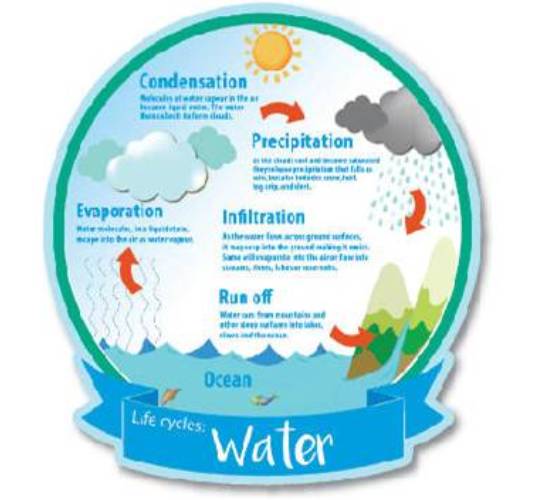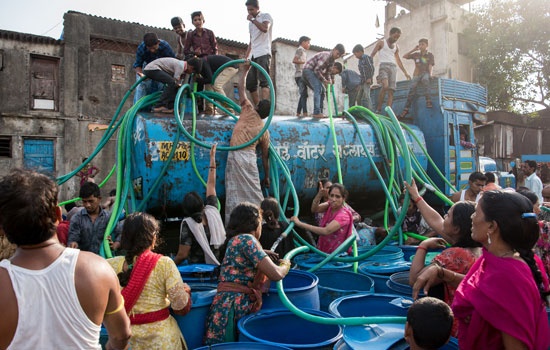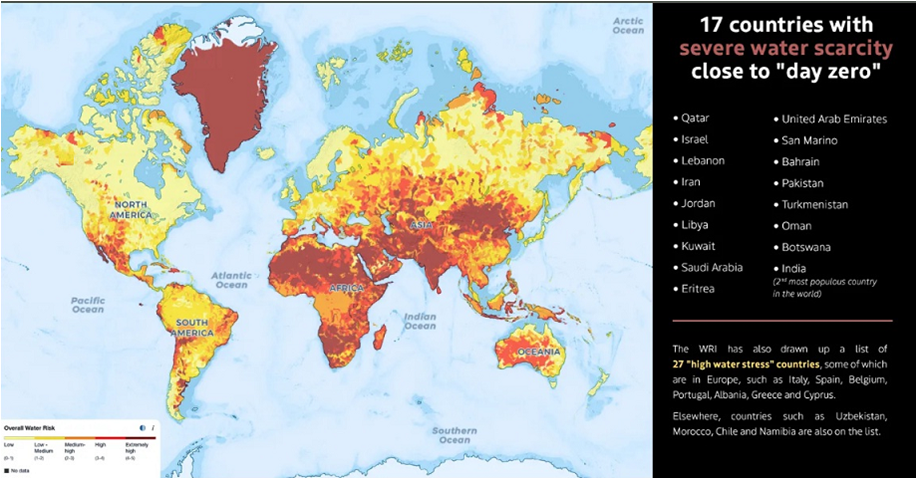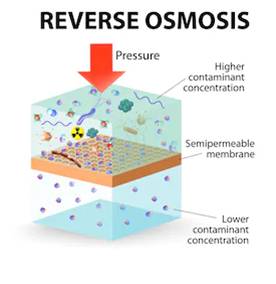Pakistan is ranked third among the countries facing severe water shortage, according to the International Monetary
Fund (IMF). In May 2018, the Pakistan Council of Research in Water Resources (PCRWR) announced that by the end of
year 2025, there will be very little or no clean water available in the Country. Currently only 20% of the country’s population
has access to clean drinking water. The remaining 80% population depends on polluted water primarily contaminated
by sewerage and secondarily by fertilizers, pesticides and industrial wastes.






